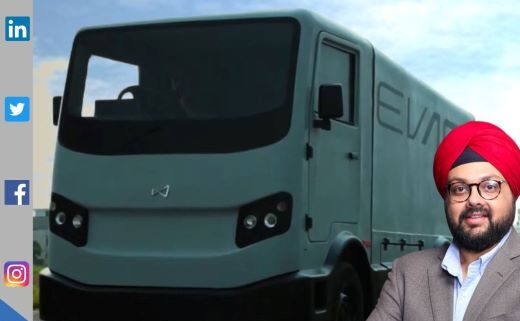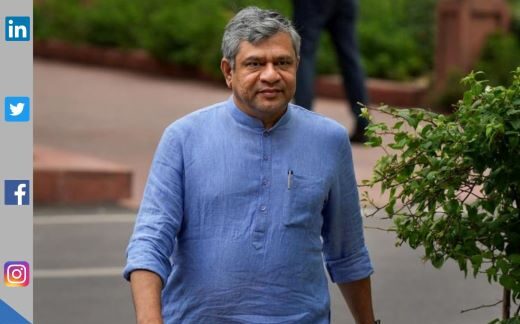What’s Behind the Reliance Industries and LIC Partnership?
In a significant move, Life Insurance Corporation of India (LIC) has acquired a 6.66% stake in Jio Financial Services, a subsidiary of Reliance Industries. The shares of Jio Financial Services were listed on both the… What’s Behind the Reliance Industries and LIC Partnership?









